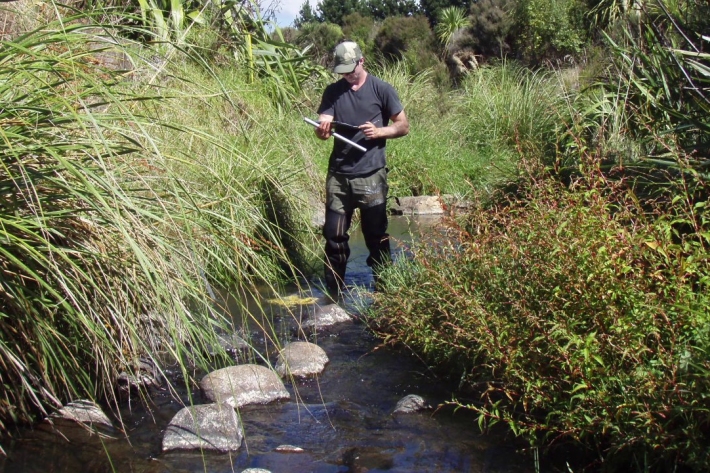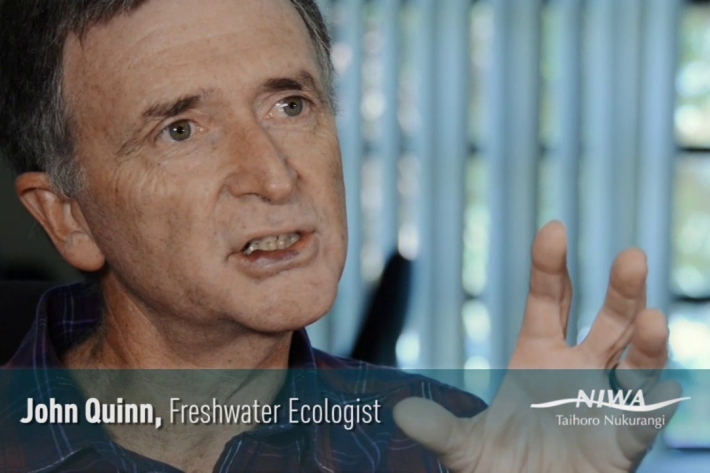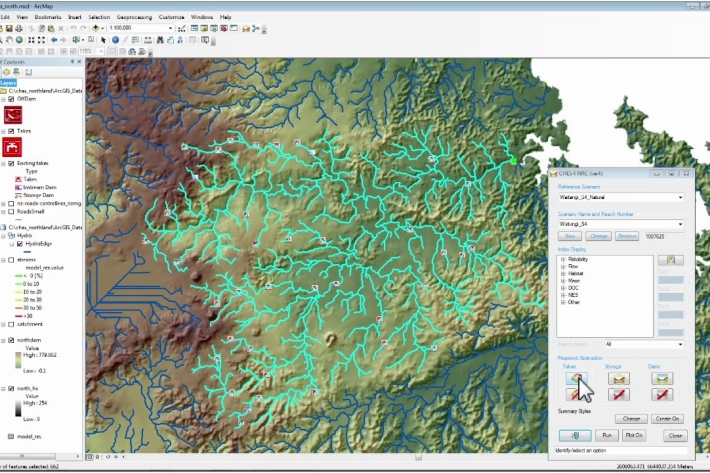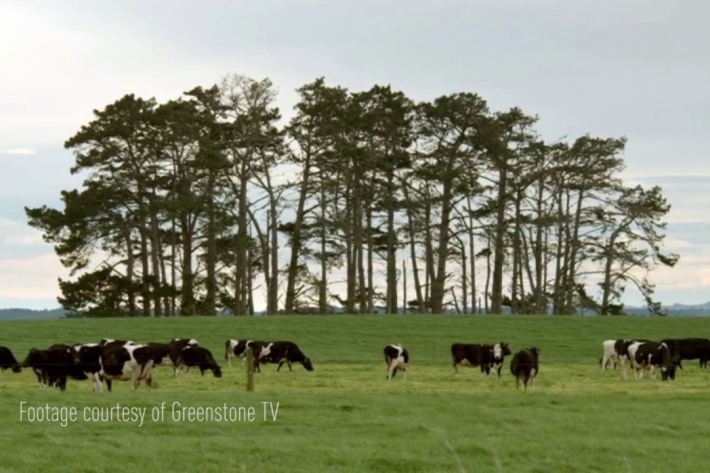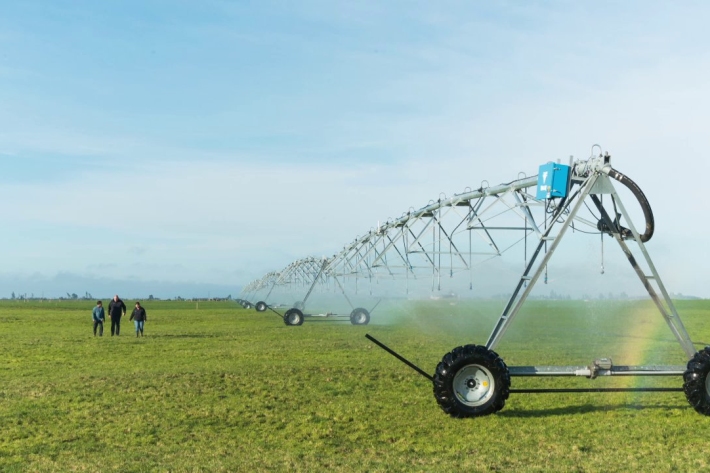-

Critter of the Week: Ancient meadows of sea lilies - Ptilocrinus amezianeae
When we for the first time surveyed the Admiralty and Scott Island seamounts to the north of the Ross Sea in 2008, we encountered striking meadows of stalked crinoids at around 600 m depth. -

National Science Challenge launched today
News article04 September 2014The Government’s latest National Science Challenge announced today represents the single biggest investment in ocean-related research for New Zealand. -

This week's Critter is the sand-dollar associate Oxydromus sp., a hesionid polychaete.
Hesionids are lively compact small worms, often richly coloured and with a good set of eyes (2 pairs, with lenses). -

Auckland Students take scientific approach to fair
News article26 August 2014Auckland students are this week putting the finishing touches to their projects as the NIWA Auckland City Science and Technology Fair kicks off. -

France, New Zealand co-operate for a better future for a Samoan village
Media release25 August 2014A unique pilot project to help Samoa’s largest village better cope with natural disaster is the focus of an upcoming exhibition at the Museum of Samoa timed to coincide with a major United Nations conference in Apia. -

Science students step up
News article25 August 2014It’s a big week for Wellington’s next top scientists competing in the 50th annual NIWA Wellington Regional Science and Technology Fair. -

Waikato's top science students compete
News article21 August 2014Waikato’s next top scientists are showcasing their talents at this week’s NIWA Waikato Science and Technology Fair.

